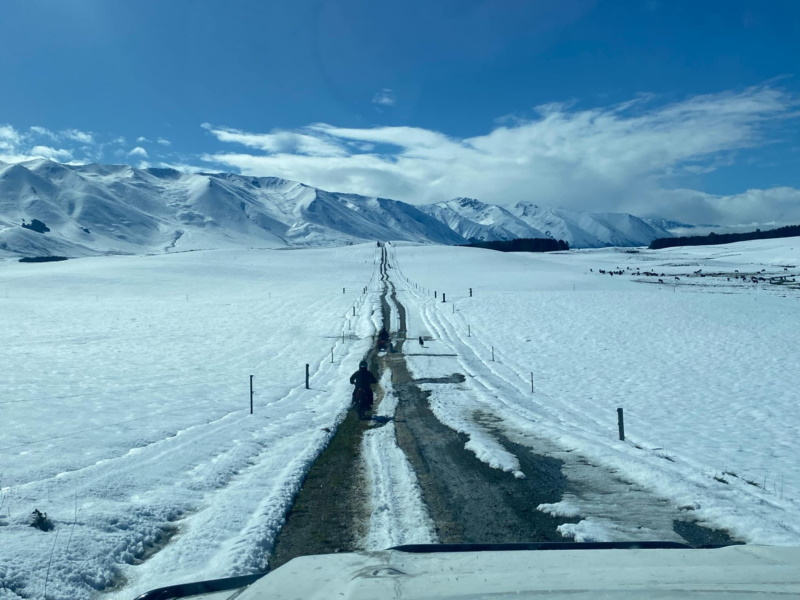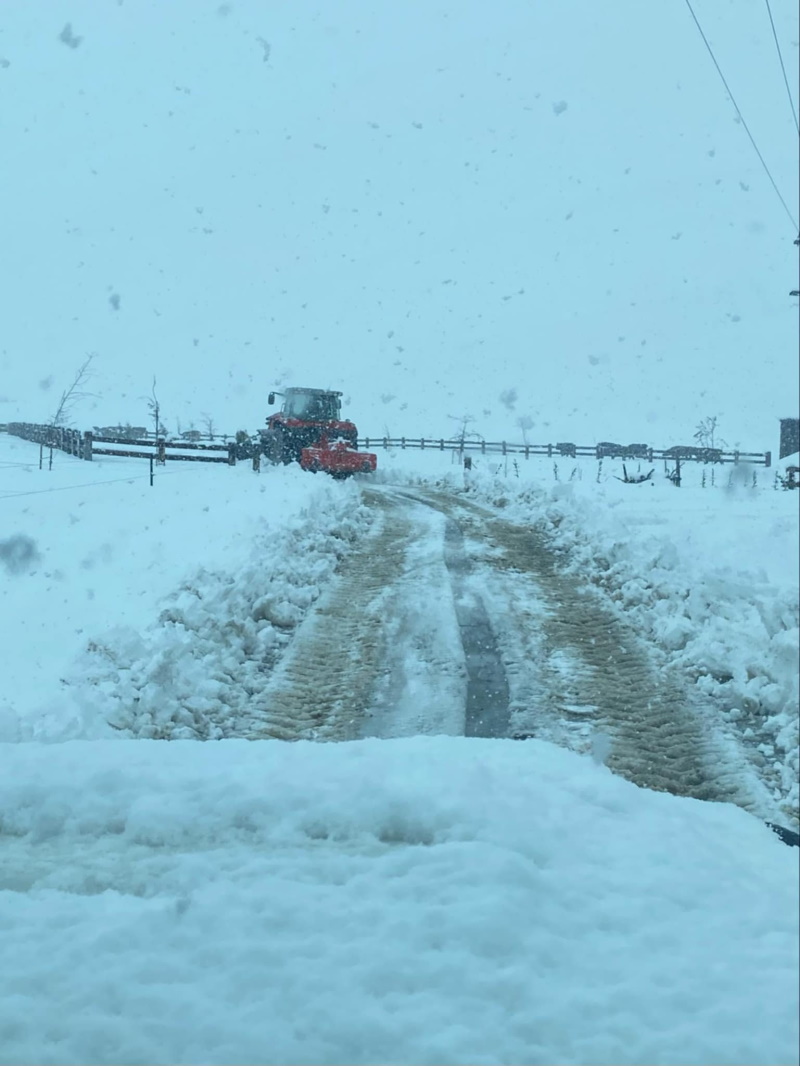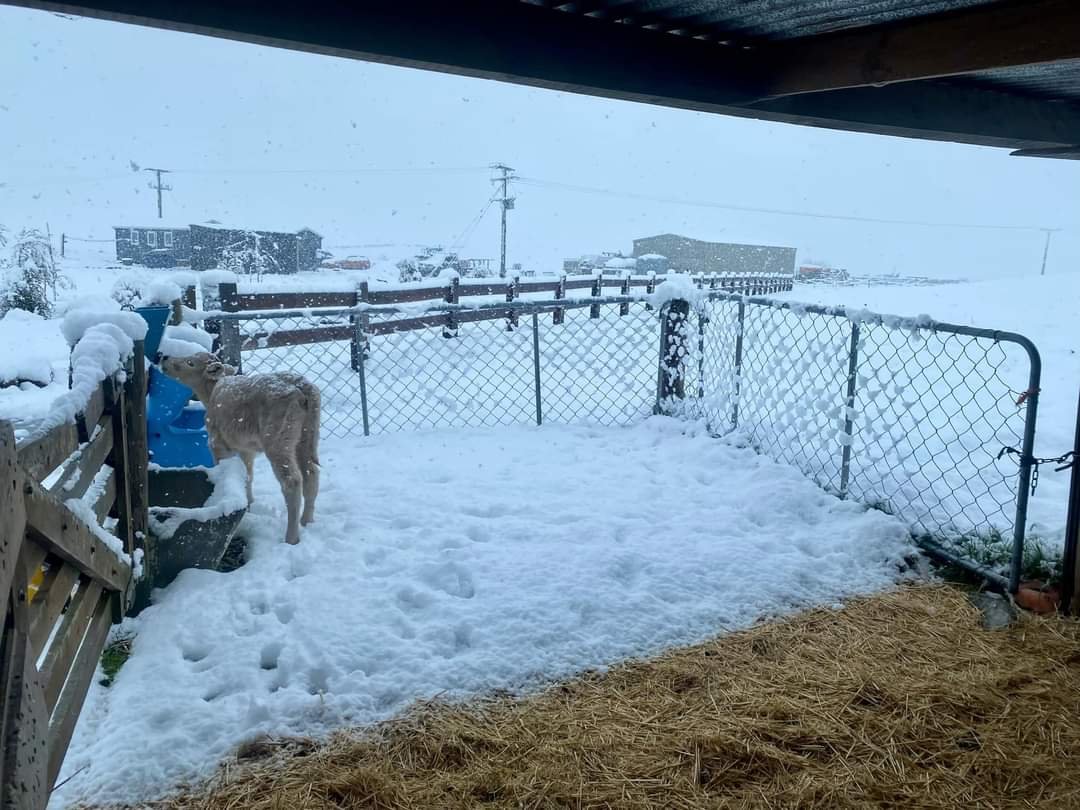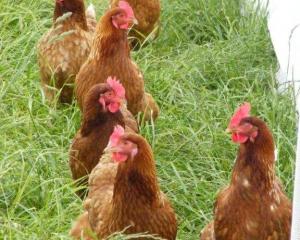
A two to three-day storm started on October 16 and left as much as 700mm on higher lambing beats in the Mackenzie Country.
Farmers already dealing with a challenging season worked to either uncover or get feed to lambing ewe mobs until the snow on paddocks thawed.
Federated Farmers Mid Canterbury president David Acland said a good melt had started to clear sunny faces last week and animals regained access to grass without assistance.
He said the speed of the heavy snowfall had caught him off guard and few farmers would have expected the volume of snow received.

‘‘They hunker down with their lambs and shelter together and as long as you don’t disturb them they will stay mothered up. Then you can get feed to those ones and then it’s just the ones still lambing that are then hopefully under a matagouri bush for natural shelter.’’
He had just driven to Christchurch on October 26 and turned around once it became clear how much snow was landing.
The Mt Somers Station farmer had about 300mm of snow to the house — about 500m above sea level — and 400mm at the tops. Farmers further back in the Ashburton Lakes area collected 500mm, with only the two top wires of fences showing.
Silage was fed out and grain increased at the milk shed on the Aclands’ dairy farm and milk production ‘‘plummeted’’, while hogget lambing was ‘‘problematic’’.
‘‘Then the melt kicked in and by [early last week] we were clear again and back into it. We’ve lost a few [lambs] as we were probably two-thirds through the first cycle. So we have had some losses, but I don’t really want to put a number around it. It was frustrating, but to be fair we’ve had a great period this spring for us, so we’re pretty lucky.’’
Castle Ridge Station’s Paul and Kerry Harmer put the storm down to ‘‘one of those things’’ farmers had come to expect, but said they could have done without the heavy and late snow on top of an already challenging season.
Mrs Harmer said most of the snow had gone by the middle of last week.
‘‘Most of the issues have been around mismothering due to having to feed ewes grain and baleage, and metabolic problems with cows calving and ewes heavy in lamb with multiples [lambs]. We have been OK, just minor losses due to being at the end of lambing and calving, but neighbours have been hit harder being in the middle of lambing and calving.’’
She said everyone was boxing on with the clean up once the sun came out and the community had pulled together to help.
‘‘It has been particularly hard coming off a drought and everyone having tight feed conditions and little baleage [and other feed] left at the end of the winter. It’s very much a follow-on effect of the dry conditions over the past 12 months, so it’s taken its toll on morale and stock resilience.’’
Mr Acland said unlike places further up-country, Mt Somers Station had ‘‘magic’’ grass growth and good soil temperatures compared with a challenging last year.
The snow had been more challenging in the high country where ewes were set stocked, he said.
‘‘Up the gorge here I think they had sort of 500mm and around the Ashburton Lakes and the equivalent up to the top of the Rangitata Gorge. And through into the Mackenzie, I think they had significant snowfalls through there as well. That more lines up with the merino lambing and calving cycle for those later farms that are in the high altitude and the same up through the Rakaia Gorge, as well.’’
The difficulty experienced by farmers would depend on where they were with their lambing, he said.
‘‘It’s been a bit of a kick for those guys in the Mackenzie because they had a tough summer last year with the dry [period] through Canterbury and it hasn’t been an easy run for them. Those that had animals on flat land areas would have done a lot of snow ploughing to get animals access to green grass, where they could, and feeding out baleage and monitoring and treating animals for sleepy sickness or milk fever. They just have to have that feed on hand — that’s the key one.’’

‘‘It’s been a double-edged sword. North Canterbury has got great moisture out of this storm coming through and so has the high country, but unfortunately it’s going to take a hit production-wise.’’
Mt Somers Station received 100mm of rainfall during the storm and another 15mm last week with little surface flooding. Leading up to this, the station was 300mm behind its 1100mm average. During the Mid Canterbury floods, about 500mm landed in a 36-hour period.
Mr Acland said farmers expected volatility at this stage of the year and were used to dealing with whatever the weather threw at them.
‘‘Apparently, in 1968 or 1967 there was a storm at this time and of similar depth and one of the issues that was created was the cows got sunburn on their udders and wouldn’t allow the calves to suckle. So I haven’t heard of that issue yet around the place.’’
Farmers could create access to snow-bound flocks more easily than in the past as they carried snow ploughs for 4WD tractors.















